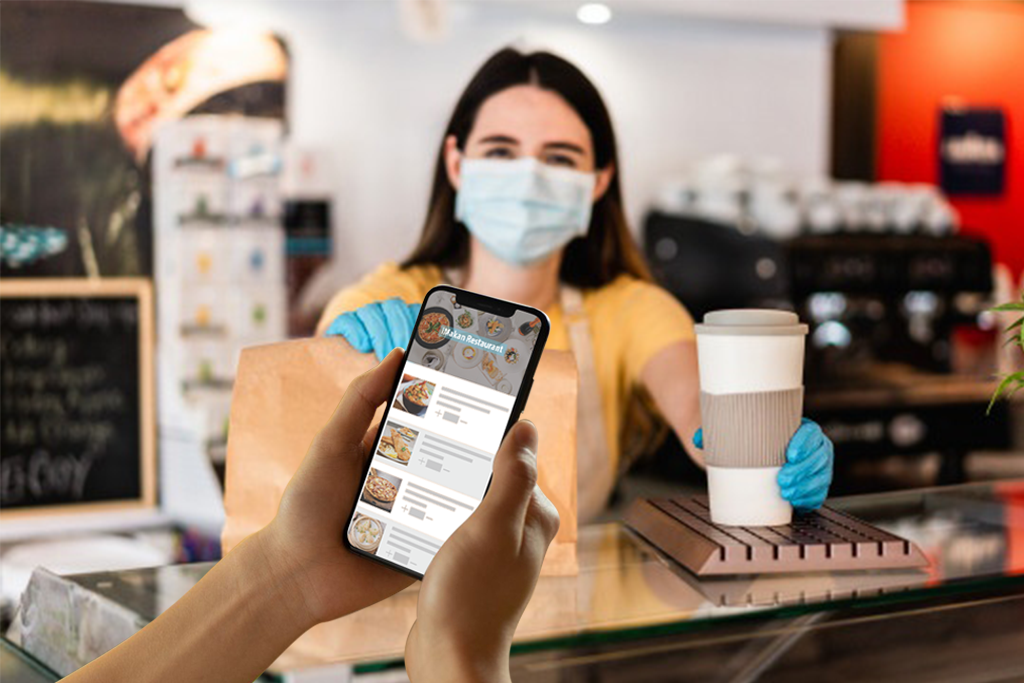
The F&B industry has been badly hit by the COVID19 pandemic. Sudden tightening and relaxing of measures due to waves of infections makes operating an F&B business even more unpredictable than before.
Ever since the circuit breaker back in 2020, the F&B sector has evolved through adapting to challenging times in order to survive. This gave birth to the new F&B landscape.
Digital self-ordering solutions are not a trade secret anymore
For many years, government bodies and solution providers have preached the importance of digitalization. While digitalization in the F&B sector did gain in popularity, the growth was slow. COVID19 was the catalyst to show F&B businesses that digitalization is a crucial ingredient for survival in tough times.
Singapore’s government also advocated for F&B companies to take up digital solutions in order to adapt to the new normal that is likely here to stay.
The benefits of digitalizing F&B operations and processes are evident in F&B establishments. Those who took up digital solutions like online food ordering and self-ordering solutions like QR ordering systems and self-ordering kiosks saw an increase in the number of online food orders during the circuit breaker which helped them pull through during the suspension of dine-in.
When dine-in crowds returned in force, these F&B operators were not fazed by the sudden high volume of orders and lack of manpower due to border restrictions as they had already adopted self-ordering solutions like QR ordering and self-ordering kiosks to handle high order volumes efficiently.
This also boosted their profit margins as they are able to reduce spending on manpower which is one of the largest expenses in any F&B business while handling even higher order volumes with better accuracy.
Rise of cloud kitchens
Cloud kitchens or ghost kitchens have also gained traction since COVID19. These kitchens have no shopfront and their customers can only order from them through online platforms. Cloud kitchens are low cost to start up and keep in operation due to lower rental and less manpower needed.
With less overhead, F&B owners who run a cloud kitchen can focus more efforts on marketing to build up a strong following and branding before considering opening up an F&B store with their own shopfront. Cloud kitchens also make it cost-effective for F&B owners to experiment with new dishes as their online food menu can be updated instantly. They are also able to and run multiple brands with different concepts to see what works as they only require one kitchen space.
Building a strong F&B brand online
With tight COVID19 restrictions making moving about inconvenient, more consumers are discovering new F&B brands online.
Apart from adopting digital self ordering solutions, F&B businesses that focused efforts into building a good online presence for their F&B brand website and social media have effectively reduced the impact of unforeseen circumstances such as the closure of dine in.
It is important, now more than ever, to build a resilient F&B business through adopting digital ordering solutions and focusing efforts on increasing your F&B brand awareness online in order to pull through challenging times which we may face in the future.
It is not too late to start now! With government grants to tap on, it is a perfect chance to find out more about digital self ordering solutions and start your digitalization journey.
To find out more about digital ordering solutions, drop iMakan your contact details below and we will be happy to arrange a free demo on our self ordering solutions with you!











